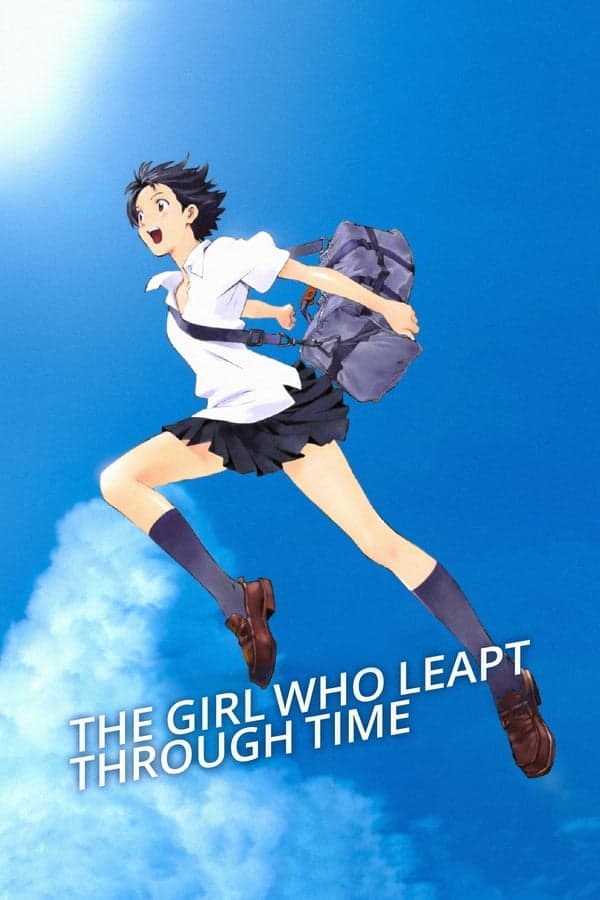
The Girl Who Leapt Through Time
2006 • Animation, Drama, Fantasy, Science Fiction • NR
When 17-year-old Makoto Konno gains the ability to 'leap' backwards through time, she immediately sets about improving her grades and preventing personal mishaps. However, she soon realises that changing the past isn't as simple as it seems, and eventually, will have to rely on her new powers to shape the future of herself and her friends.
Runtime: 1h 38m
Why you should read the novel
If you enjoyed the film adaptation, reading the original novel by Yasutaka Tsutsui offers a deeper dive into the concept of time travel and its personal consequences. The book provides richer context, more internal exploration, and unveils the protagonist's development in ways only literature can articulate. By reading the novel, you'll understand the nuances and themes that inspired countless adaptations, immersing yourself in the very genesis of this beloved story.
Adaptation differences
One of the main differences between the movie and the original novel is the protagonist. While the 2006 film centers on Makoto Konno, a new character, the novel follows Kazuko Yoshiyama. This fundamental change brings a fresh perspective and storyline tailored to a modern audience, while the novel offers the original character's voice and challenges.
Another key difference is the time period and setting. The book is set in the 1960s, giving it a classic and at times nostalgic feel, while the film updates the story to contemporary Japan, incorporating current technology, culture, and student life.
The narrative focus also differs. The novel centers on a mystery and self-discovery after a time-leap accident, with a strong focus on unraveling the science behind the phenomenon. The film, however, uses time-leaping more as a metaphor for adolescence, personal growth, and the bittersweet nature of youth.
Finally, the resolutions diverge significantly. The ending of the book provides closure and revelations about the time traveler’s identity and intent, rooting the story in a classic sci-fi tradition. The movie, meanwhile, opts for an open-ended, emotionally resonant conclusion, prioritizing the protagonist’s emotional journey over explanatory detail.
The Girl Who Leapt Through Time inspired from
The Girl Who Leapt Through Time
by Yasutaka Tsutsui






